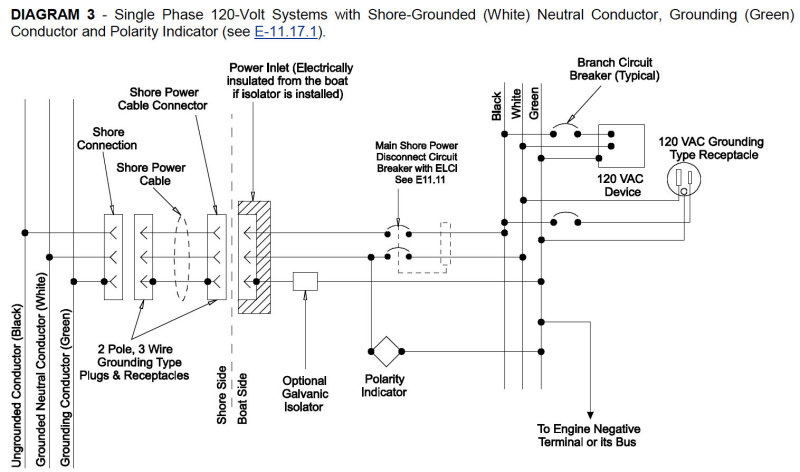First time sailboat owner and I'm looking at my first problem. I have an 83 Hunter 25 that does not have an receptacle to plug in shore power onto the skin of my boat, and also has no 120 outlets inside. To charge my batteries I've been running my shore power cord into the cabin, rigging a 30 to 120 plug-in type converter into a surge protector, then plugging in an auto battery charger directly into my batteries. This is a pain in the butt. I don't use the battery power much yet as I have never left the dock. When I want to warm my boat in the 30 to 40degree weather, I plug in a small space heater. When i want to make coffee I have to unplug everything and only use the coffee maker. I want to be able to plug my shore power cord into a receptacle on the outside of my boat, have it charge my batteries and power my 12v system that is stock on my boat. I intend to install several 3 prong outlets (all separate circuits), like what we all have in our homes (USA) around the boat to supply power to various appliances like a refrigerator, coffee maker, space heater, air conditioner etc, all of which might be operating at the same time. Are either of these a solution to my problem. The first one is a marine rated converter, but I don't knwo if it has a breaker panel like the second one. The second is for RV's and allows me to run up to ten 15 amp circuits from it, but i don't know if it can incorporate an outboard into the charging scheme. Any thoughts or wisdom? http://www.progressivedyn.com/marine_conv_pd2130_1.html
http://www.dyersonline.com/parallax-7100-series-55-amp-electronic-power-center.html
http://www.dyersonline.com/parallax-7100-series-55-amp-electronic-power-center.html
Last edited:

